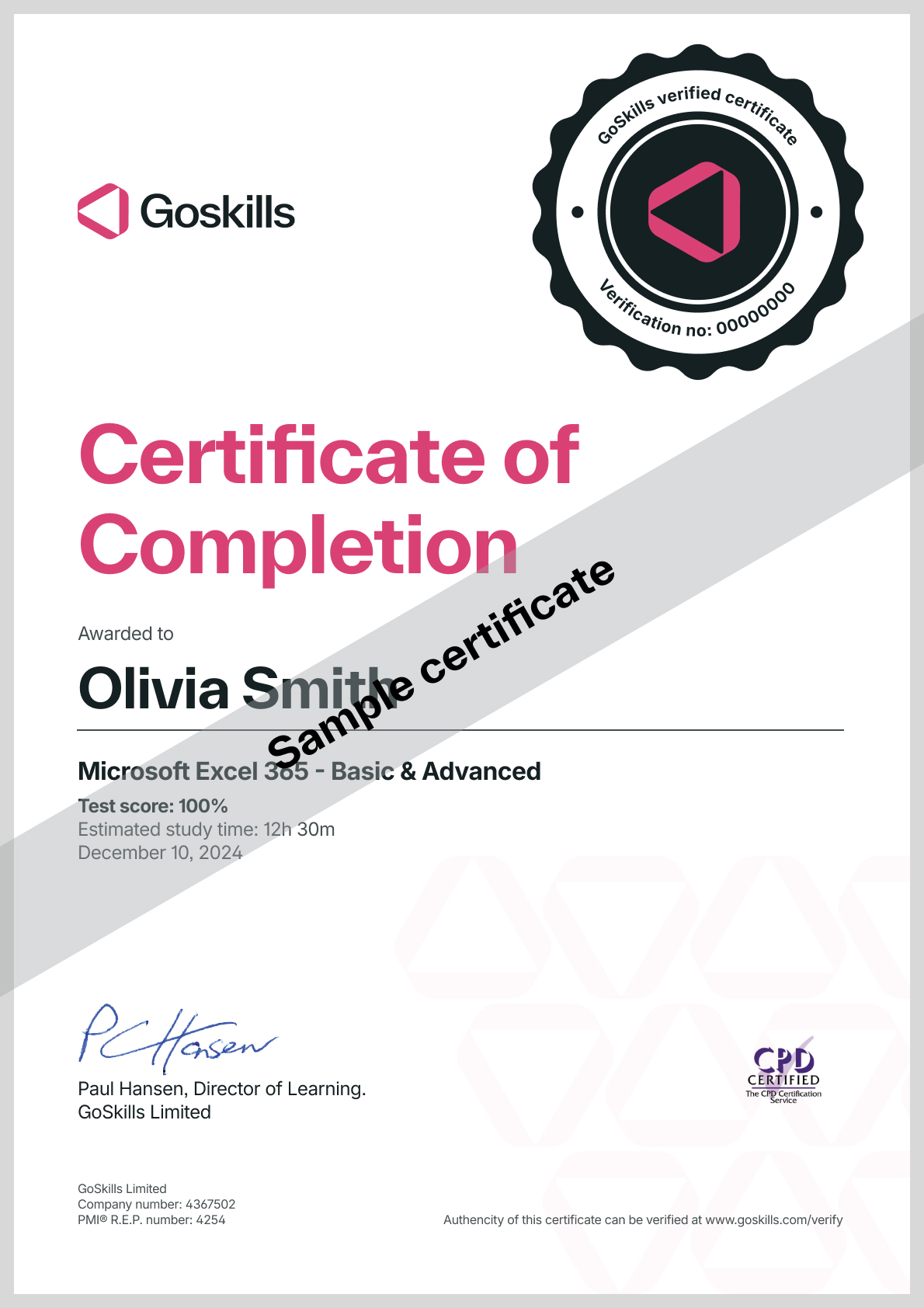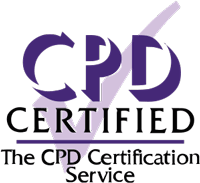Decision-Making with 1000minds
Decision-Making with 1000minds
Skills you’ll gain
Making the wrong decisions can have devastating consequences, ranging from financial losses to environmental damage, or even damage personal and professional relationships.
To ensure success in your career and goals, this 1000minds decision-making course will teach you a more robust and scientifically reliable way of making decisions. Say goodbye to the mistakes and regrets that come from making biased decisions based solely on personal intuition.
In this course, you will learn how to:
- Use established & proven methods to make effective decisions
- Create and organize projects, decisions, and surveys and invite your team members to collaborate
- Navigate and configure the 1000minds software
- Understand what multi-criteria decision-making is and how it works
- Identify relevant criteria and other considerations to help you figure out what matters
- Thoroughly analyze your preferences
- Compare specific alternatives to each other more in depth so you can see their respective advantages, and what could be improved
- Find which of your choices would give you the best value for your money
- Learn how to make the best decision, keeping in mind a variety of considerations
This course is designed for beginners, so you don’t need to have any prior knowledge of the 1000minds software. This course is suitable for anyone who would like to make more scientifically-reliable decisions, whether for personal, academic, or professional use.
By the end of this course, you’ll be ready to tackle the next big decision with a proven plan so you can get what you want and achieve your goals with minimal risk.
Syllabus
Download syllabus-
1
Configuration Specify your criterion weighting method and preferred terminology for this decision. 3m
-
2
Criteria Define what it is that matters to you when deciding between different alternatives. 5m
-
3
Costs and Other Considerations Understand the difference between costs & other considerations and your criteria, and learn how to enter these other considerations. 4m
-
4
Impossible Combinations Enter any combinations of criteria and their levels that are unrealistic, so that these may be omitted from the trade-offs, thereby minimizing confusion in the decision-making process. 3m
-
5
Alternatives Add and edit the options you are prioritizing or choosing between. 6m
-
6
Importing Alternatives Import a list of alternatives from a Microsoft Excel workbook into 1000minds. 3m
-
7
Trade-offs Tell 1000minds what your preferences are by answering a series of questions involving trade-offs. 6m
-
1
Results Summary Understand the general overview of your results, including your preference values, ranked alternatives, trade-off statistics, and a sneak-peek of the value-for-money chart. 2m
-
2
Preference Values Learn how to analyze your preference values to better understand how important each of your criteria is to you, relative to each other. 5m
-
3
Ranked Alternatives View your alternative rankings, compare alternatives to each other in more detail, and understand why your alternatives scored the way they did. 5m
-
4
Value-for-Money Chart Learn how to use the value-for-money chart to factor in costs and other considerations into your final decision – the highest ranked alternative is not necessarily the best option! 6m
-
5
Alternative Selection Learn how to select the best alternative, and apply a budget to your decision. 7m
-
6
Scaling Scores Kick your decision-making up a notch by scaling your scores to set the minimum score to something other than zero. This may help you view the scores more realistically and change your view on what the best alternatives really are. 4m
Certificate
Certificate of Completion
Awarded upon successful completion of the course.

Instructor
Petra Kelly-Voicu
Petra is a Decision Analyst at 1000minds, creating tutorial videos and writing material to teach people the many uses of the software. She is also involved in marketing and assists clients in effectively using 1000minds to succeed in their goals.
Petra has a bachelor's degree in Environmental Studies from the City University of New York. She loves learning new skills and sharing her knowledge with others.

Petra Kelly-Voicu
Decision Analyst
Accreditations
Link to awardsHow GoSkills helped Chris
I got the promotion largely because of the skills I could develop, thanks to the GoSkills courses I took. I set aside at least 30 minutes daily to invest in myself and my professional growth. Seeing how much this has helped me become a more efficient employee is a big motivation.


